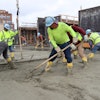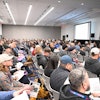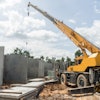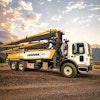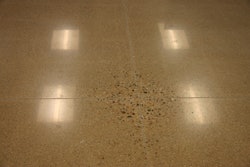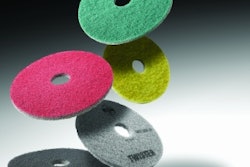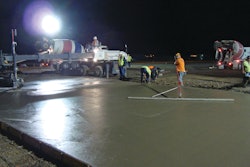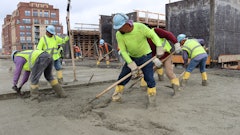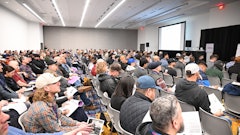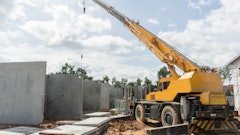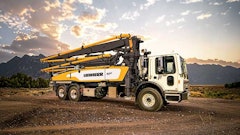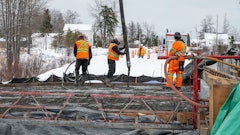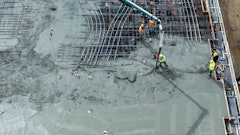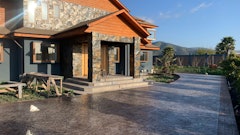At least four people were hurt Friday afternoon September 28, when a massive fire tore through a wood-framed, age-restricted condominium complex in Lakewood, New Jersey. The complex housed older residents particularly vulnerable to death and injury in massive fire events such as these.
According to Assistant Chief Steve Mulholland of the Lakewood Fire Department, the community was “extremely lucky this didn’t happen in the middle of the night, [when] everybody would be sleeping” because the situation could have been an even greater tragedy.
The blaze, which damaged thirty units and displaced thirty seven residents, comes at a time of increased scrutiny on the use of timber products in multi-family housing in New Jersey, after a string of fires devastated apartment complexes in Maplewood and twice in Edgewater.
“How many buildings will have to burn before state lawmakers recognize there is a problem?” says Kevin Lawlor, a spokesperson for Build with Strength, a coalition of the National Ready Mixed Concrete Association comprised of fire safety professionals, engineers, architects and industry experts. “This building was occupied, had operational sprinklers, and met current code – yet, it still burned to the extent that personal property was destroyed and the well-being of residents was threatened. The legislature should act fast and pass A5196 to make our communities safer.”
A5196, legislation set to be introduced this week, would install parameters around the use of lightweight, wood-framing in residential construction.
A September 2016 poll of 400 registered voters in New Jersey found respondents very supportive of the state making changes to building codes following the devastating Edgewater apartment complex fire in January 2015.
However, previous efforts to amend state building codes have met resistance from homebuilders, who believe they stand to benefit financially from utilizing wood in their construction projects, as opposed to durable materials like concrete and steel.
“It’s clear, unless stronger codes are in place, developers will continue to prioritize negligible cost-savings over consumer safety,” continued Lawlor. “Buildings constructed with combustible materials are vulnerable at every stage of construction and occupation, and as a result, Build with Strength is willing to work with any member of the legislature, who is willing to stand for a more resilient community.”
The fire comes at a time of increased visibility on the use of wood or wood-framing in apartment complexes throughout the country, as a number have been the site of spectacular fires recently– most notably in Weymouth, Mass.; Haverhill, Mass.; Waltham, Mass.; Charlotte, N.C.; Warner Robins, Ga.; Midvale, Utah; Oakland, Calif.; Dorchester, Mass.; Lawrence, Mass.; East Hollywood, Calif.; Lowell, Mass.; Waterbury, Conn., Emeryville, Calif.; St. Petersburg, Fla.; Arlington, Va.; College Park, M.D.; Overland Park, Kan.; Raleigh, N.C.; and Maplewood, N.J. There have been dozens over the last few years.
Learn more at www.buildwithstrength.com.
